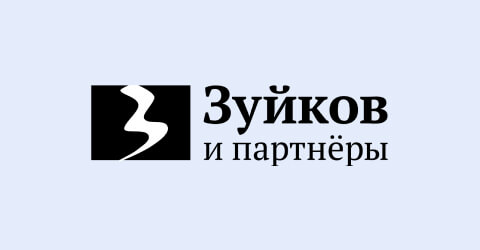Services


Trademark Search
and Clearance
Search Onlineand Clearance

Leading IP Firm
Our ratings
As an invention, in accordance with the current patent legislation (Part 4 of the Civil Code of the Russian Federation), a technical solution in any field related to a product (in particular, a device, substance, microorganism strain, plant or animal cell culture) or method (process of carrying out actions) is protected over a material object using material means), including the use of a product or method for a specific purpose.
An invention is legally subject to patent rights.
Discovery represents a new achievement made in the process of scientific exploration (see epistemology, materialism) of nature and society. It entails identifying previously unknown, objectively existing patterns, properties, and phenomena of the material world. Foundations of scientific and technological revolutions lie in discoveries, which steer new directions in the development of science and technology and revolutionize social production. The outcome stems from creative (heuristic) activities.
Scientific discoveries and inventions have accelerated the development of science and technology, providing facts that confirm or refute theories.
It is a common misconception that a discovery can be patented as an invention. However, to understand this better, and consequently, to confirm or refute this notion, let's consider the principal differences between an invention and a discovery.
In addition to the objects listed above, you need to know what features characterize these inventions in order to understand that this is exactly an invention.
To characterize devices, the following characteristics are used:
To characterize compositions, the following characteristics are used:
To characterize the method(s), the following characteristics are used:
It should be noted that, in accordance with the current patent legislation, the following are not inventions, in particular: 1) discovery; 2) scientific theories and mathematical methods; 3) decisions relating only to the appearance of products and aimed at satisfying aesthetic needs; 4) rules and methods of games, intellectual or economic activities; 5) computer programs; 6) decisions consisting only in the presentation of information.
Thus, the myth that a discovery can be patented and an invention patent can be obtained for it is dispelled.
If a discovery cannot be patented, how can one protect their rights? Essentially, it is possible to safeguard your copyright and the priority of your discovery by depositing it. The Russian Academy of Natural Sciences (RAEN) assists in this process. It is the first in global practice to conduct registrations of discoveries in the fields of social and humanitarian sciences, as well as scientific ideas and hypotheses, issuing diplomas that confirm the recognition of scientific achievements as discoveries and secure the authorship and priority.
The Russian Academy of Natural Sciences, with its highly qualified specialists, including authors of scientific discoveries and inventions across various knowledge areas, carries out the procedure for registering scientific discoveries.
Under the scientific and methodological guidance of the RAEN Presidium, the International Academy of Authors of Scientific Discoveries and Inventions operates, conducting independent expert assessments of discovery applications. Based on the results of these evaluations, diplomas are issued that certify the recognition of a scientific position as a discovery.
In summary, it is clear from the above that an invention and a discovery are fundamentally different entities; an invention cannot be a discovery and vice versa, and it is not possible to patent a discovery as an invention.